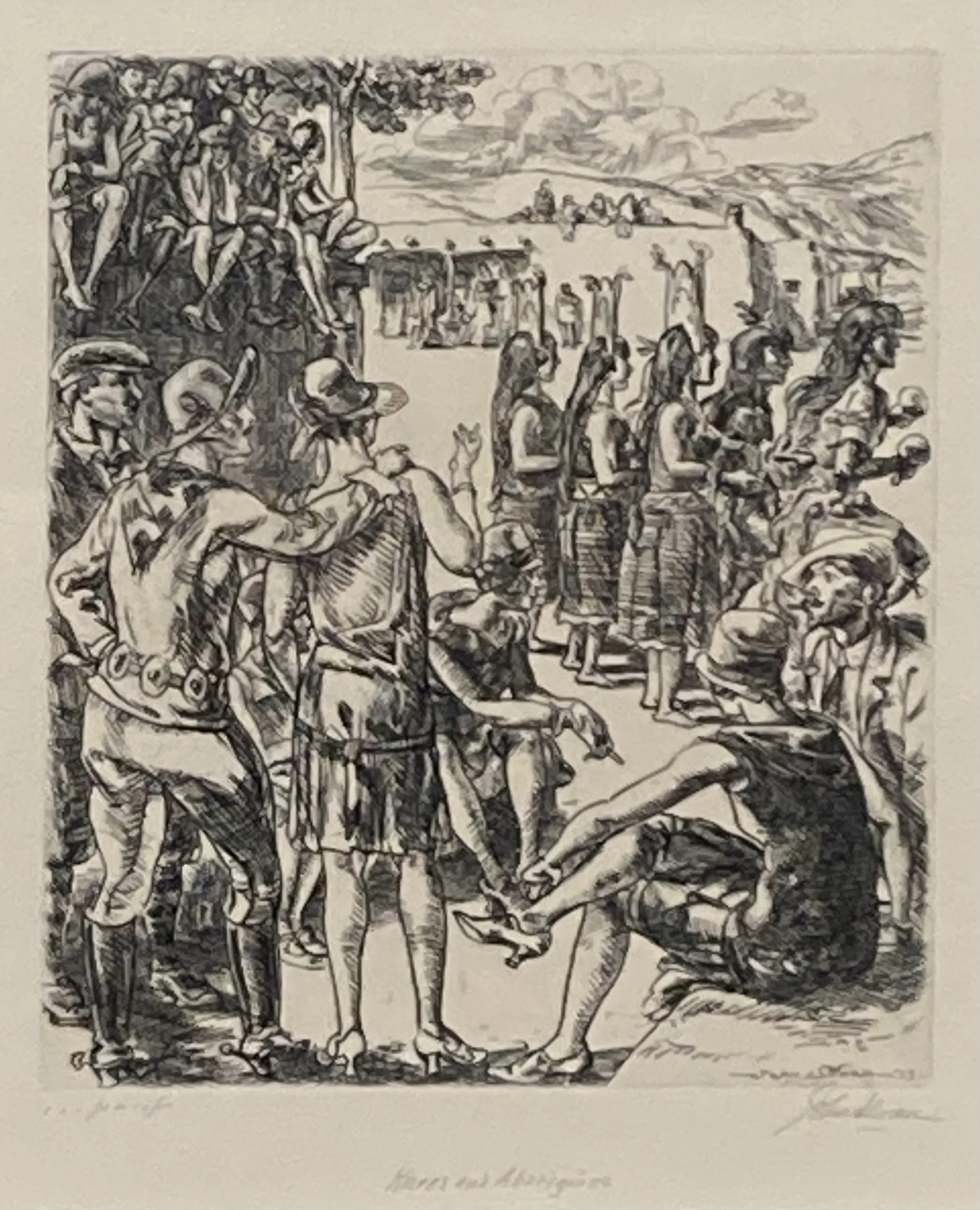John Sloan
1871-1951
The National Academy of Design was founded in 1826 and quickly assumed the mantle of arbiter of public taste in the United States. Almost as quickly, resentment toward those who wore the mantle became part of the American art experience as well. One position seems to this day to be little more than the reverse side of the other. Only the personalities espousing the two sides have changed.
For much of the last century John Sloan was the very picture of opposition to the Academy and to artistic rigidity of any kind. Through his candid images of everyday life Sloan showed how loose drawing and vigorous painting can capture a scene in a new and convincing way.
Sloan grew up in Philadelphia, where he struggled to draw accurately and clearly as an illustrator. He eventually came into contact with the portraitist, Robert Henri, whose inspiration quickly drew him into Henri's group of devotees. In the company of William Glackens, Everett Shinn and George Luks, Sloan learned to embrace a freer style and to paint subjects taken from the street instead of the drawing room. Eventually the group located in New York, where the busy city nourished what Henri had begun in Sloan.
In 1908 Sloan's style, put him squarely in the middle of an all-out battle with the National Academy of Design. When Henri and his associates, Glackens, Shinn and Luks as well as Maurice Prendergast, Arthur Davies and George Bellows, mounted an exhibit of their own in defiance of the National Academy, Sloan joined them, and The Eight was born.
For the rest of his career, Sloan was associated with these Ash Can School painters. He began his annual visits to Santa Fe in 1920. In 1939 he published his classic book of remarks on painting and the life of the artist, The Gist of Art. To the end of his life Sloan remained the great American artist most devoted to non-academic drawing and the one most opposed to the National Academy of Design.
Acitvely seeking works by John Sloan.

